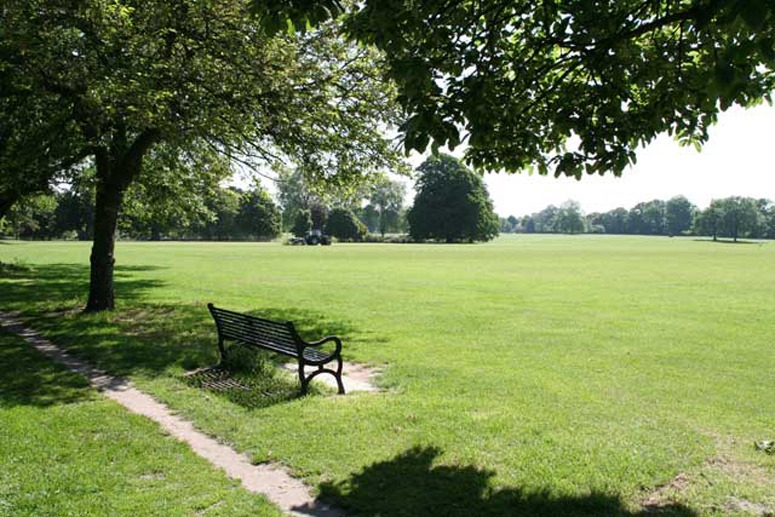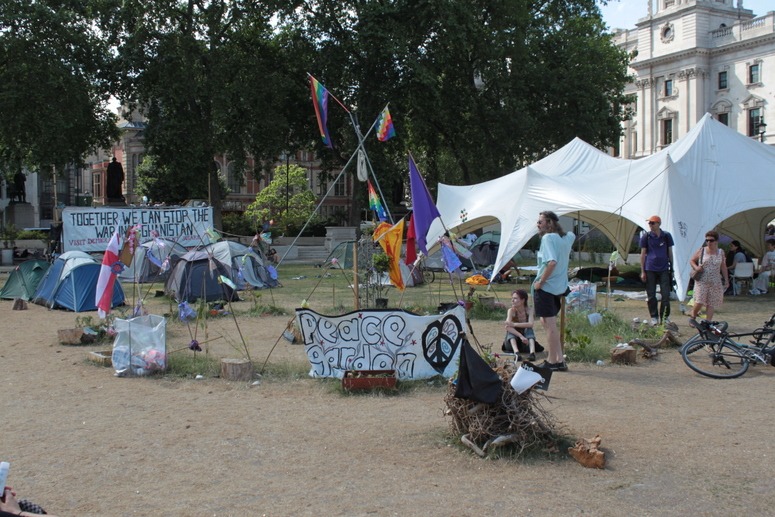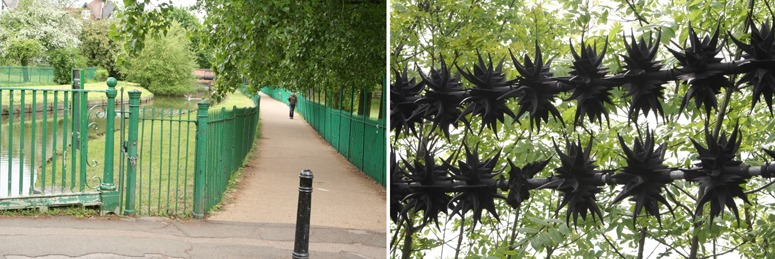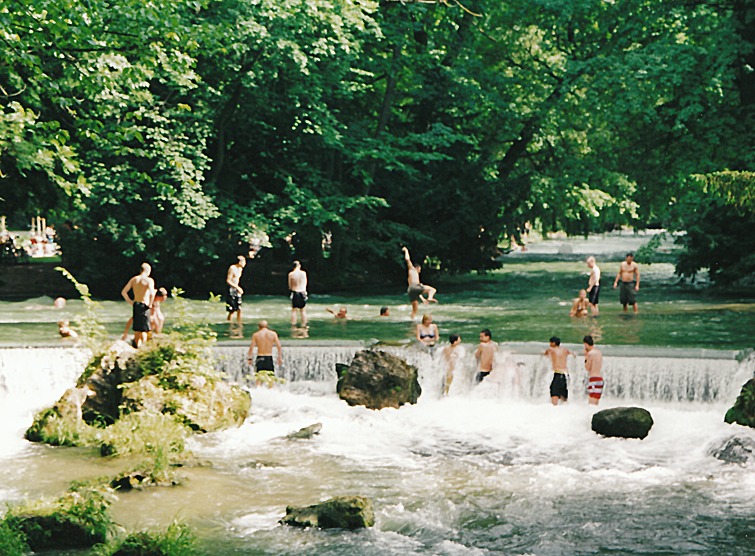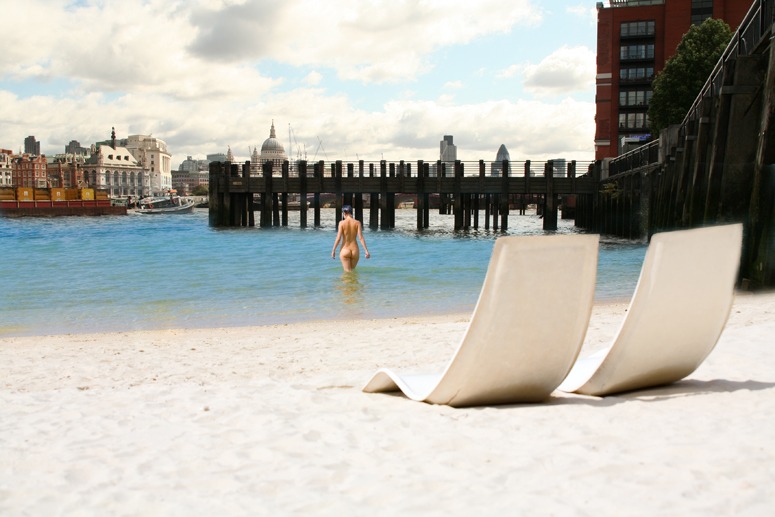 London has had many economic roles over the centuries and now hopes to settle down as a cultural capital and somewhere between ‘Europe’s financial centre’ and ‘the world’s financial centre’. This requires a planning and design response which is likely to include
London has had many economic roles over the centuries and now hopes to settle down as a cultural capital and somewhere between ‘Europe’s financial centre’ and ‘the world’s financial centre’. This requires a planning and design response which is likely to include
(1) more large green buildings, because big firms have big space requirements
(2) more homes for young, rich and mobile people
(3) more urban public space of the highest quality and greatest variety: busy and quiet, large and small, glazed and unglazed, soft and hard, wild and cultured, space at ground level, above ground and below ground, space for shopping and space for prayer, space with quiet water, bright water, dark water, swimming water, boating water and living water, biodiversity, socially diverse space for each cultural group (listeners to Radios 1,2,3,4,5,6,7 etc) and social space for the particular interests of ethnic, work and leisure groups.
London’s new amenities could be provided on a spatterdash basis – or London could have an urban landscape plan. The Canary Wharf development on the Isle of Dogs was a key project. It points to what should be done, to how it should be done – and to where it should be done. London’s traditional rival is Paris, which has a bold plan, now over 300 years old, for projecting the axis of the Tuileries westward – to the Place de la Concorde, to the Arc de Triomphe, to La Défense and beyond. London has a modest plan for projecting Crossrail into the Thames Gateway. But London landscape planning lacks spatial imagination – and axes were a baroque idea.
London will require many new buildings. They should be of the best available quality – and they should be grouped to ‘define and contain’ new urban space of the best quality and variety. The urban space should be designed before the buildings. A great new urban landscape should be planned to run east from the Isle of Dogs. Olympia and York made a significant start when they commissioned Laurie Olin to plan Westferry Circus and the Canary Wharf central axis. Before this, the Isle of Dogs was being developed with small cheap buildings and a pitiful lack of long-term vision. The Hanna Olin plan was much better – but it was more of a plan for Visual Space than for Social Space or Ecological Space. The present period of relative economic stagnation is an opportunity to take a broad perspective on the eastward projection of London and its financial future. There should be a 3-year plan, a 30-year plan and a 300-year plan.
London should remember that ‘He that the beautiful and useful blends, Simplicity with greatness, gains all ends’. Urban designers, architects and landscape architects should plan a multi-functional urban landscape with the highest visual quality and as much sustainability as can be planned at this point in time, with conceptual principles prioritised over design deails.
Category Archives: London urban design
Has London gotta lotta bottle? – or too many garks?

The Urban Dictionary gives these meanings for ‘bottle’:
1)Transparent Container, usually for liquids that is narrow, circular-based, mostly handle-less and with an ever-narrowing top, where the opening is found.
2) To hit someone on the head with a glass bottle, smashing the bottle in the process.
3) Guts or determination
4) Female with no volouptous features, in comparison to 1)
So ‘Yes’ for its urban space. But ‘No’ for its many garks.
London's Peace Garden and Democracy Village in Parliament Square UK
OK, it’s a mess.
But what should a ‘Parliament Square’ be used for? Parliament-related activities, obviously.
London’s Parliament Square is a traffic island. When not being used for protests, it is empty.
So why not designate Parliament Square as an area for political activity. The activity should be orderly, as in the Houses of Parliament, but there should be free speech, as in the Houses of Parliament. And there should be an Outdoor Speaker to give varied political groups chances to express their views.
We have had years of talk about pedestrianizing Parliament Square – and I favour the idea. But I don’t want the Square to become a sales venue for international coffee chains. Relating the use of outdoor space to the use of adjacent indoor space is often a good principle and this is a wonderful place to put it to the test.
The above photograph, taken today, is of the Peace Garden and Democracy Village in Parliament Square. The protest began on 1st May and the Mayor of London won a court injunction to get it removed last week. An appeal is expected and then the tents are likely to be removed. The handsome statue brooding over the scene is of Benjamin Disraeli. He is famous for his wit, for extending the franchise and for making Queen Victoria the Empress of India. What would he think of the current Afghan War and the protest? I guess he would be against the war, on pragramatic grounds, and against the protest, because it is a mess. But if it could be an orderly Garden Protest, I think he would regard it as an enrichment of our democracy, as would I.
The below photograph, also taken today, shows that London’s police force is a much more liberal institution than it used to be. Multi-everything is the new political correctness.
Melting away in time
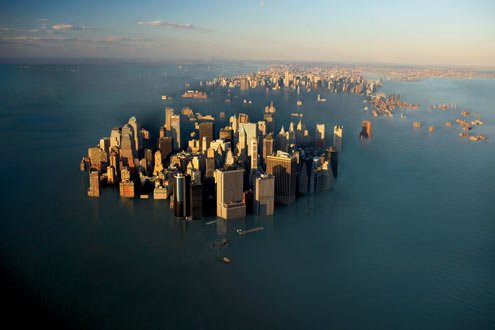 Some predict that as the polar ice caps melt major cities such as London, New York and Bangkok will be flooded.
Some predict that as the polar ice caps melt major cities such as London, New York and Bangkok will be flooded.
How are we to determine if such a future is in store? And how quickly it might become reality?
To understand the likelihood of such an event, and perhaps how quickly it might be likely to occur – some understanding of the historical and contemporary geological setting of the cities is useful.
It is believed that the continent of Britain was formed some 200,000 years ago during a megaflood event.
What is happening today? Does the eruption of the Eyjafjallajokull volcano have any relevance for Londoners apart from air traffic disruption?
(Geology experts most welcome to comment!)
Brilliant design for public safety in London's Finsbury Park contrasts with horrific design in Germany
.
The River Thames in London may soon have safe swimming beaches
I guess she is going to be OK. If wild swimming takes place in the River Thames upstream, as it does, then the biological hazard should be less in the tidal Thames – because the water is salty and salt is a disinfectant. ‘The discovery of a colony of short-snouted seahorses (Hippocampus hippocampus) living in the Thames means that the London river is becoming cleaner, conservationists said…Scientists from the Zoological Society of London (ZSL) have discovered five seahorses during routine conservation surveys in the Thames estuary in the past 18 months, evidence which they say indicates that a breeding population exists.’ The River Thames Website explains the position as follows: ‘The water quality is very good and in fact the tidal Thames is now acknowledged to be one of the cleanest metropolitan rivers in the world’. Thames water is pleasantly warmer than sea water with about 75% of its ‘thermal pollution’ coming from power stations. One man’s thermal pollution is one girl’s heated water. There is also a good supply of mud for her fair skin and she will be able to save money on spa treatments and make a sustainable contribution to combating climate change. One thing which does worry me though is whether she has a sufficient layer of Factor 30 sun screen. If the brave girl is poisoned there will be a public outcry and the River Thames Cleanup, underway since the 1960s, wll then be driven by a popular outcry. I regret that it takes a tragedy to effect reform but as Tertullian remarked, ‘the blood of the martyrs is the seed of the Church’.

